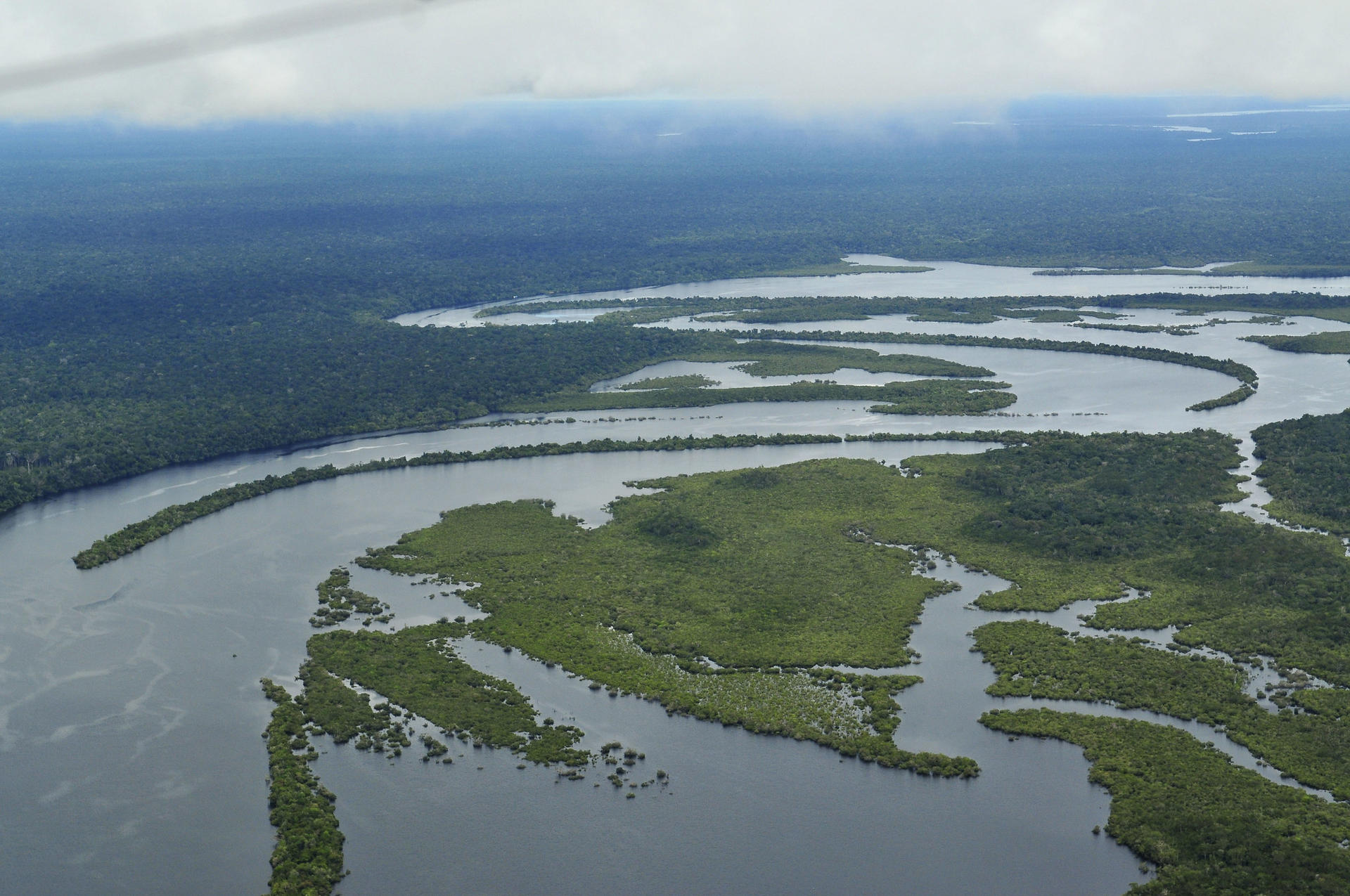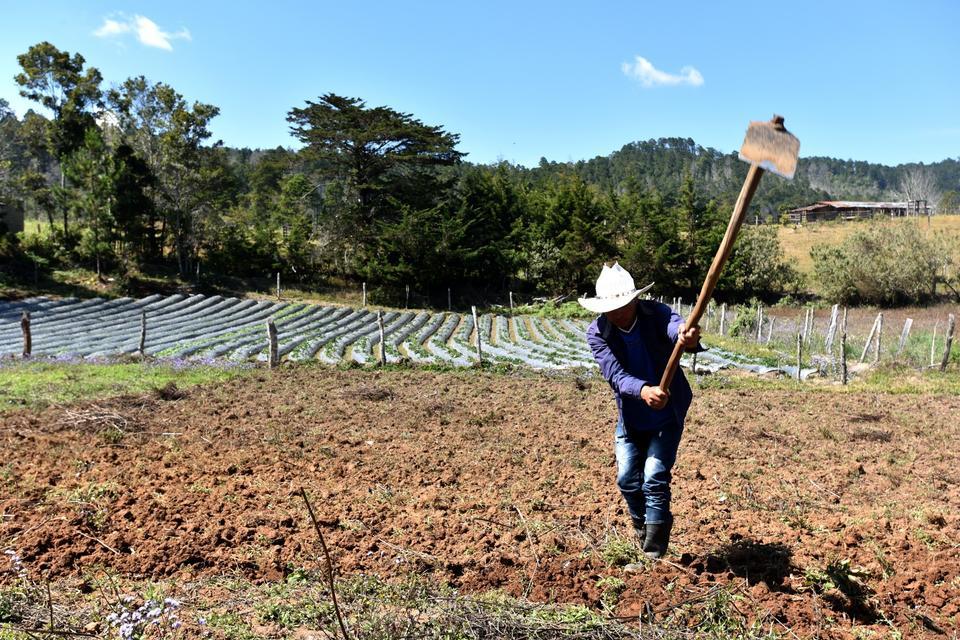AGRI (AGua para RIego)

AGRI (AGua para RIego, its Spanish name) is an automated GIS tool to support greater precision and efficiency in identifying water sources, increasing the cost-effectiveness of irrigation for smallholder farmers, while also ensuring drinking water supplies for rural communities, to improve food security and income generation. AGRI integrates publicly available information on terrain, soil and climate with mathematical and hydrological models to identify water sources for small-scale irrigation.
Starting at the plot to be irrigated, AGRI scans the surrounding area to identify potential sites for river diversion and rainwater harvesting. AGRI also displays viable routes for transporting water by gravity from the source to the field where it will be used and identifies the water drainage area for each site.
In what context is this tool useful?
The award-winning AGRI reduces from months to just a few days the time needed to identify viable sources of water by providing useful information in order to make better decisions. AGRI identifies potential biophysical water diversion and harvesting sites, however it is up to the user to validate these in field and comply with local administrative, legal, social, and environmental regulations. AGRI covers site identification, their distance from plots, potential for transport of water to plots, and assessment of obstacles in the provided conduction routes.
Results achieved
Honduras case study results show that 28% of the water intake sites previously identified by technicians (without the support of AGRI) were found to be not feasible for gravity-driven irrigation. On the other hand, for the feasible water intake sites, AGRI was able to provide viable and shorter water transportation routes to farms in 70% of the cases. Furthermore, AGRI was able to provide alternative feasible water intake sites for all farms considered, with correspondingly viable water transportation routes for 74% of them. These results demonstrate AGRI’s potential to reduce time, costs and risk of failure associated with the development of low-cost irrigation systems, which becomes increasingly needed to support the livelihoods of some of the world’s most vulnerable populations.
Variations on this method
The tool has had three developments so far.
1. First Desktop version based on commercial software (ArcGIS - ESRI)
2. Online version in the Agua de Honduras platform, also based on the same commercial software.
3. A new version (AGRI - World Sources) based on free software, also online, for larger regions (e.g. Central America, East Africa, the Caribbean). This version provides new components that support decision-making on hydrological viability of identified alternative sites and microwatersheds (drainage areas) and generation of estimative information for feasibility analysis of proposals based on the characterization of infrastructure considering pipeline lengths and reservoir size pre-dimensioning required to satisfy a proposed water demand.
The first two versions were funded by USAID and the third by the Food and Agriculture Organization of the United Nations (FAO).
Tools often used together with this tool
This tool is often used in conjunction with Agua de Honduras and TERRA-i.





